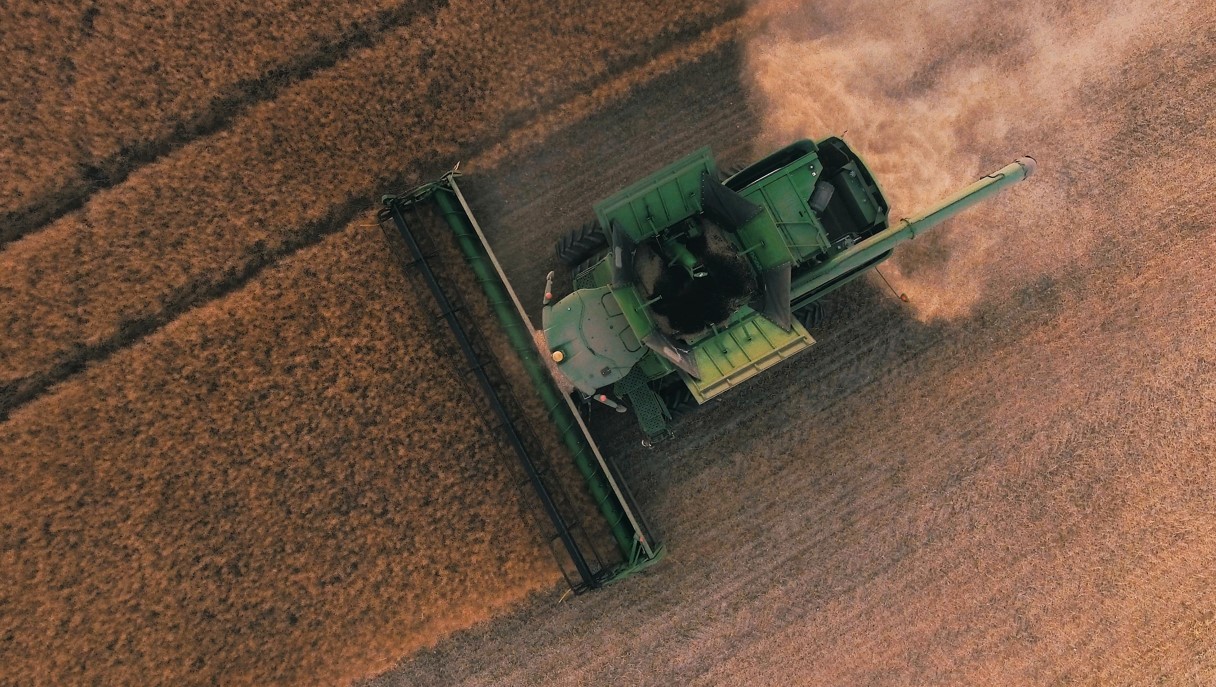As farmers, all too often we wear our injuries like badges of honor. “This scar is from the time I got caught in the gate,” “This is the bruise where the cow kicked me,” “This is where the ATV backed into me.” But as any soldier would tell you, badges of honor are often reminders of how close we’ve come to tragedy. For my son, it’s the scar on his arm that reminds him not to run behind the vertical feed mixer or any equipment when it’s backing up, and for me, it’s the knot in my collarbone that reminds me not to put myself between an off-balance cow and the gate next to her.
Each year since Franklin Roosevelt in 1944, the sitting US President has proclaimed the third week in September as National Farm Safety and Health Week to bring light to the dangers that exist in farm-related jobs. It’s planned for September 19 – 25 this year, with 2019 data from the US Bureau of Labor Statistics still showing the agricultural sector as the most dangerous in America. This year the Center for Dairy Excellence is working with the Professional Dairy Managers of Pennsylvania to highlight the importance of farm safety through a series of 60-second videos and signs that will be released this fall to help you develop a culture of safety on your farm.

As part of our farm safety awareness effort, I interviewed Brett Reinford this month about a near-miss accident he experienced on his farm in Juniata County. Brett and I also talked about approaches different farm families have taken to making farm safety a priority and keeping their workers out of harm’s way. Here are some of the ideas we discussed.
- Develop BMPs and Protocols. Often when an accident occurs, hindsight reminds us that it could have been avoided if those involved were following proper protocols. Having best management practices related to safety written down and reviewed with all employees can remind everyone to stop and think, saving themselves from a potential injury or accident. Protocols should be written for working with cattle, with equipment, and with chemicals and other potential hazards on the farm. Those protocols should also be posted near areas where farm workers are likely to be performing those tasks, so they are kept front of mind.
- Have a Plan. Do your employees know what to do when an emergency occurs? We have all heard tragic stories of when one farm worker approached a situation and made it worse by putting themselves in harm’s way. Write down your plan in case of an accident, a fire or any other type of emergency and share it with your employees and your family members. Make sure they know where fire extinguishers are and what to do to ensure their own safety as well as the person involved in the accident. Unfortunately, there have been too many instances where one person going in to save another resulted in multiple deaths. Remind your team that it’s just like an airplane – you can’t save someone else without first making sure you are safe.
- Create a Safe Culture. When I worked at Land O’Lakes, every morning I walked by a sign that shared how many days the Carlisle plant was accident free. When they hit certain milestones, like 100 days or 500 days, the staff would be invited to celebrations to reward their commitment to safety. This is something that could easily be incorporated into any farm culture. Think of ways to remind your employees and your family members how important safety is – start every meeting with a safety share, post the number of days you are accident free, or personally recognize employees you see taking extra steps to be safe. The little things you do will create a culture of safety that will resonate in fewer accidents and a safer team.
- Consider an Audit. Third-party groups are available to come in and audit your farm to identify areas that could be unsafe. Often those audits will bring to light potential hazardous situations that you didn’t see on your own. You could also contact your local extension agent and ask if they’d be willing to come out and walk through your farm with you to make sure your protocols prioritize safety of your employees. Your nutritionist or another key advisor may also be able to help you evaluate your operation as well. Or consider having a neighboring farmer who you know prioritizes farm safety walk through your operation and share their observations with you. Having that outside perspective involved in developing your safety plan can ensure you’re doing everything possible to be safe.
As we all know, on a dairy farm or any farming operation for that matter, it is easy to find yourself going from “zero to 60” in a blink of an eye. Taking a few extra minutes to stop and make sure you have the proper safety precautions in place can save a life. Even spending a few minutes in your team meetings to share safety tips with your employees might be helpful. Nothing is more important than saving a life or preventing an injury, so make sure your farm is doing everything it can to be safe.
If you would like to listen to our Cowside Conversations podcast featuring Brett Reinford, go to www.centerfordairyexcellence.org/podcast/ or download the Cowside Conversations Series on Apple, Spotify, or Amazon Music. To request free sets of farm safety signs, click here.
National Farm Safety and Health Awareness Week is an ideal time to remind yourself how important it is to be safe on the farm, especially as you are working through a very busy fall harvest season. Don’t wait until the next accident happens to serve as that reminder.

